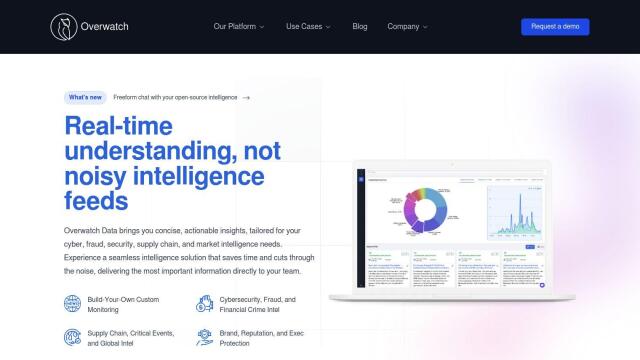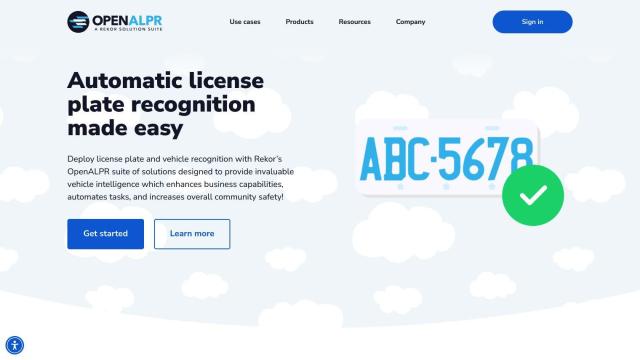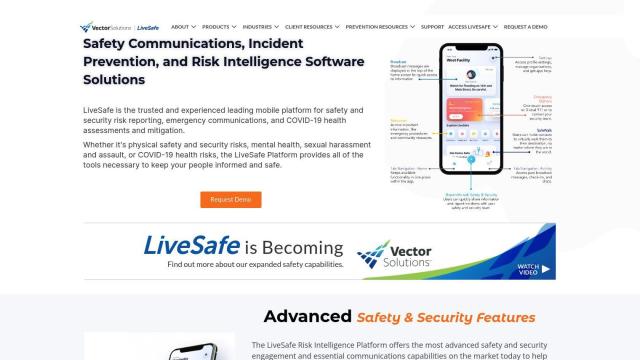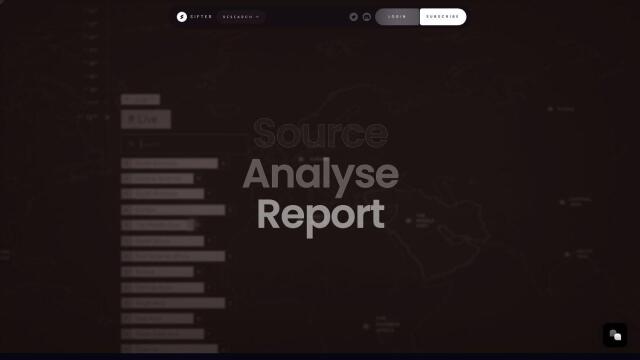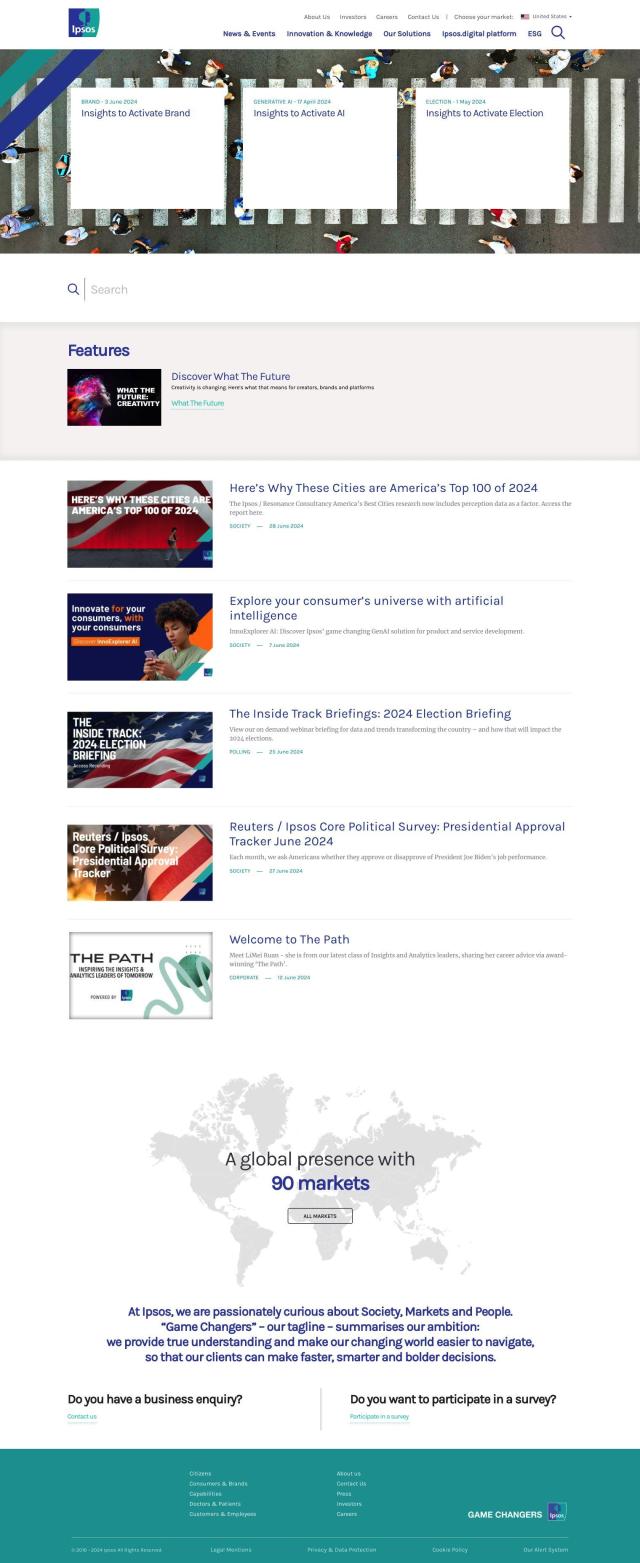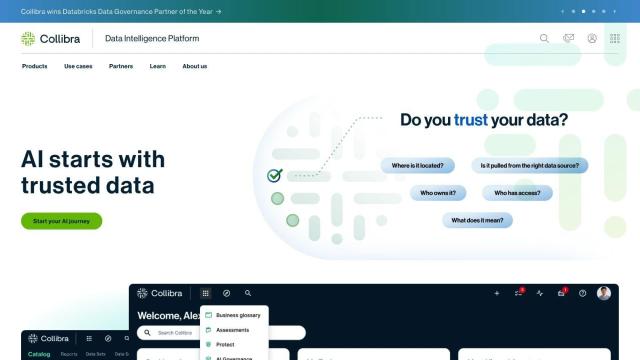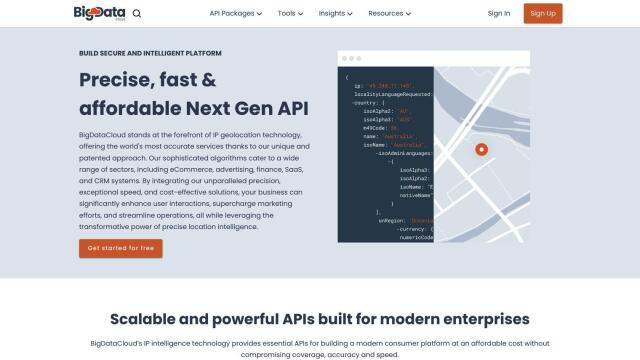Question: How can I find a reliable source of crime data that corrects for police department reporting errors?

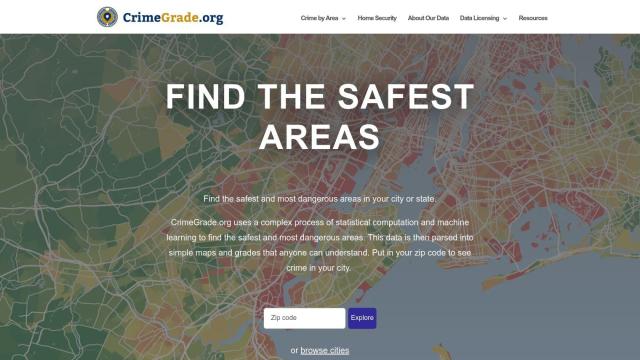
CrimeGrade
For a trusted source of crime data that's been vetted for police department reporting errors, CrimeGrade is a great resource. The service uses statistical computation and machine learning techniques to offer detailed crime data for neighborhoods across the US. It offers crime maps and grades for different types of serious crimes, both violent and property, and corrects for reporting errors by estimating missing data. That makes it a good resource for homebuyers, homeowners and researchers who want to assess neighborhood safety and statistics.
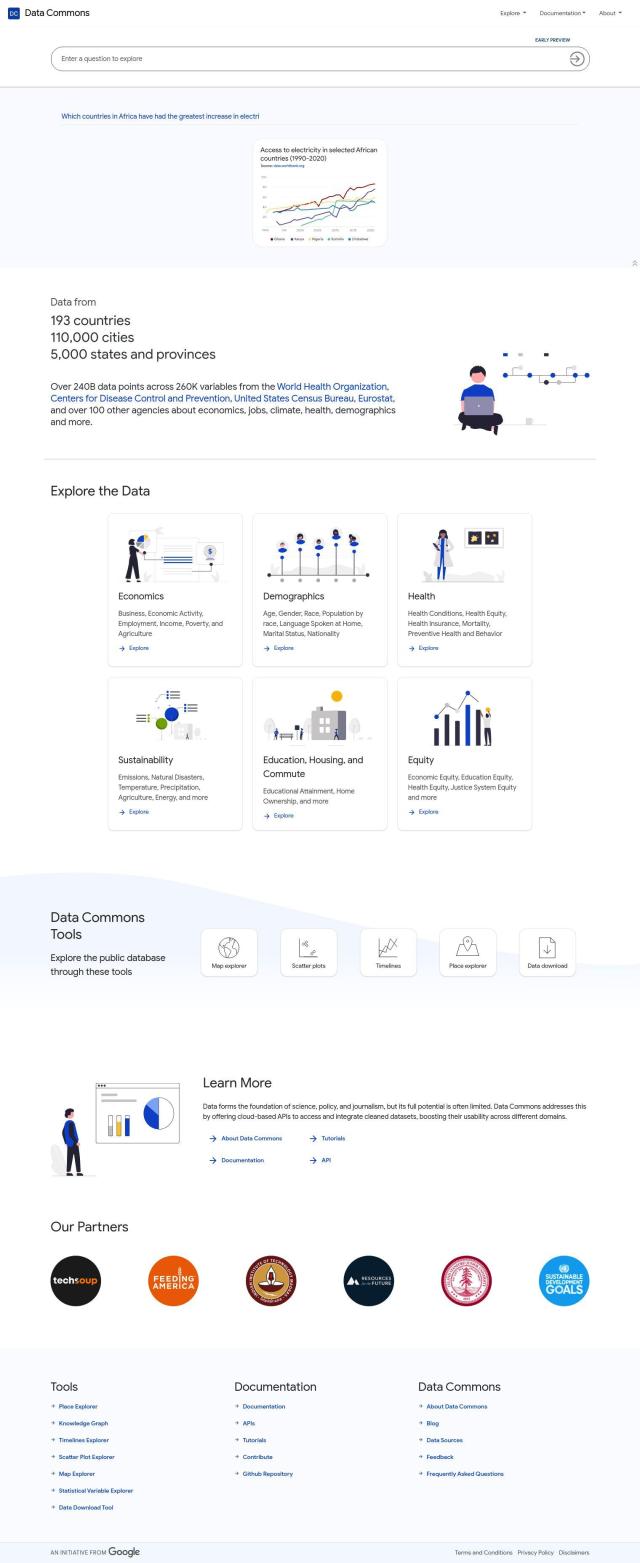
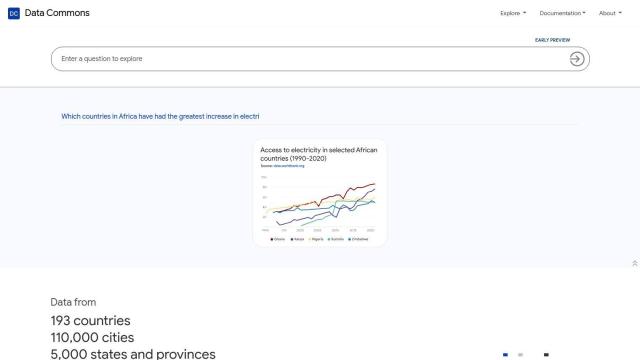
Data Commons
Another good resource is Data Commons. This public repository houses data from more than 193 countries and covers a broad range of subjects, including crime data. You can drill down through tools like the Statistical Variable Explorer and Place Explorer to explore crime data, and you can visualize and download it for analysis. With a wealth of vetted sources like the World Health Organization and the United States Census Bureau, Data Commons offers preprocessed data that can help correct for reporting errors.

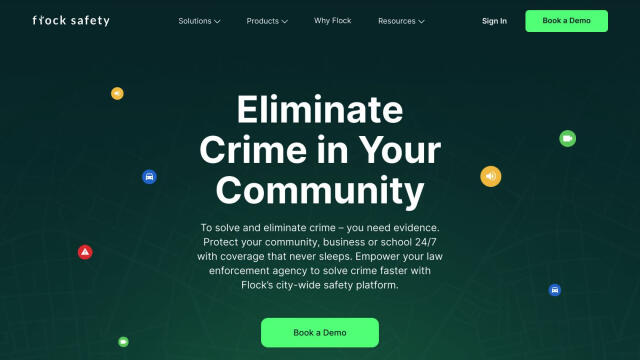
Flock Safety
If you want a more sophisticated crime data service with surveillance technology, check out Flock Safety. It combines License Plate Recognition (LPR) cameras, gunshot detection and video intelligence for 24/7 coverage and monitoring. It also offers AI-powered people detection alerts, making it a good option for law enforcement, businesses and homeowners associations. The system is designed with privacy, transparency and ethics in mind, so you can be sure you're getting useful and detailed crime data.


CrimeGrade
If you want a more general crime data service, CrimeGrade and Data Commons are good options. CrimeGrade offers detailed crime maps and grades that are vetted for police department reporting errors, while Data Commons offers a wealth of data from a variety of sources that you can drill down into and visualize. Both offer vetted and accurate crime data, which is useful for researchers, homebuyers and homeowners looking for a better assessment of neighborhood safety.



